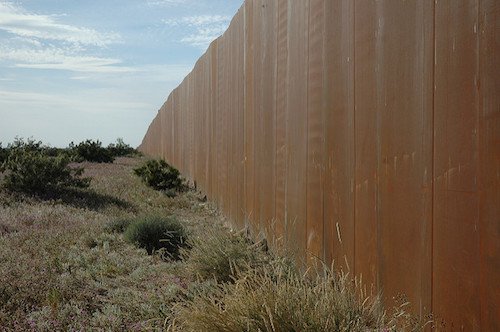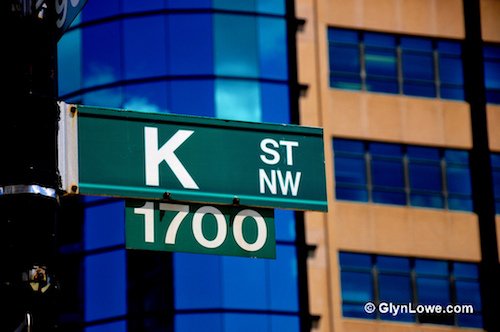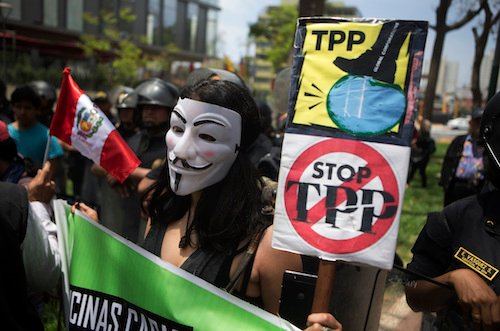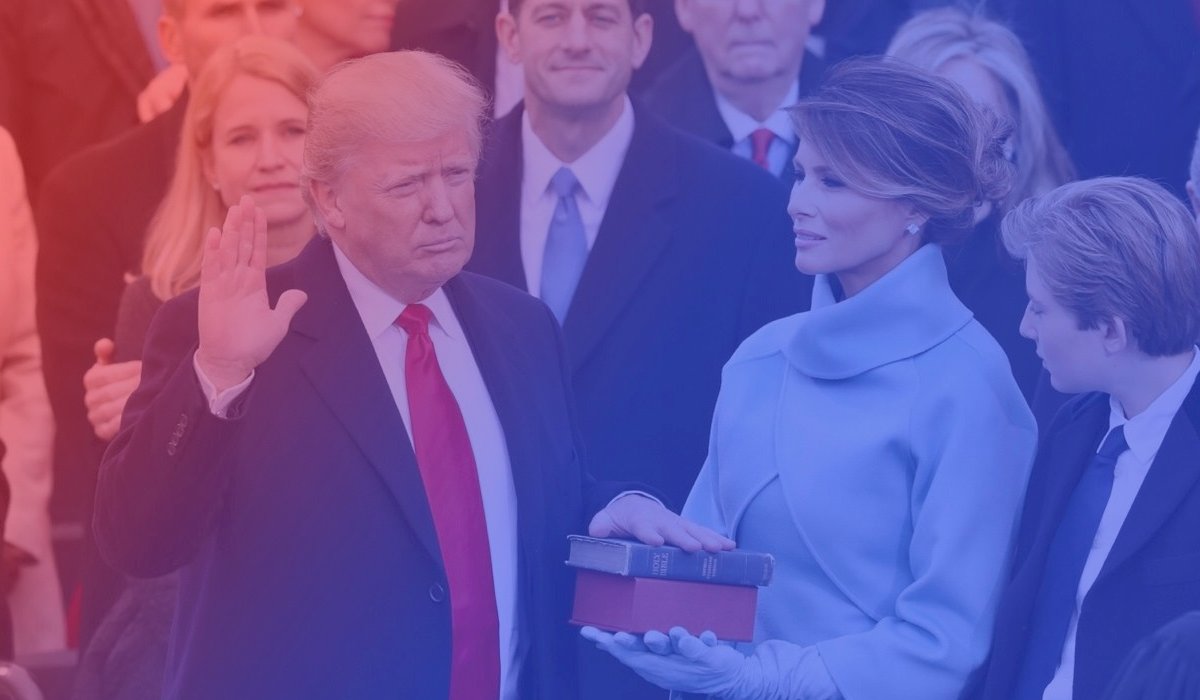In President-elect Donald Trump’s “Contract with the American Voter” he promised many things: An end to the two-way street between career politicians and special interest lobbying, a renegotiation of “job-killing” NAFTA and American withdrawal from the politically unpopular TPP agreement, as well as an end to the Affordable Care Act (ACA).
The law & order candidate also promised to begin deregulation efforts and start shaping the SCOTUS bench, in addition to removing “criminal” illegal immigrants from the country and suspend immigrant entry from “terror-prone” regions of the world.
It’s a might ambitious plan for the high-energy businessman, who also promised to set in motion a plan to create 25 million new jobs. But how much of it can actually be achieved in 14 shorts weeks?
Will he repeal Obamacare?
<iframe width=”560″ height=”315″ src=”https://www.youtube.com/embed/7xX_KaStFT8″ frameborder=”0″ allowfullscreen></iframe>
There was no mention in his Nov. 21 address to the nation of the ACA being torn apart within Trump’s first few weeks in office.

It remains high on the agenda of all Republicans, however, and House Speaker Paul Ryan has a plan set to replace it. Called “A Better Way,” it proposes a choice-based system with less bureaucracy and increased purchasing option. Its components may arrive at Trump’s desk piecemeal, however, and perhaps not at all within the first 100 days.
Will the wall be built?

Flickr/Wonderlane
“Whether it’s producing steel, building cars or curing disease, I want the next generation of production and innovation to happen right here, on our great homeland, America, creating wealth and jobs for American workers,” he recently said in a video to the nation.
What he hasn’t recently talked much about building, however, is the wall between the U.S. and Mexico. One construction company in Mexico has offered to help him out in his 2,000-mile long endeavor, saying, “We’re an important producer in that area and we have to respect our clients on both sides of the border.”
House Speaker Paul Ryan recently said that he and Trump are “on the same page” regarding the need for stringent border security and the erection of a physical barrier.
How will he ‘drain the swamp’?

The president-elect has announced initiatives to limit lobbyists from influencing decisions in Washington, first by placing an administrativeGrin ban on registered lobbyists of the past five years, and then too by placing term limits on the politicians themselves.
“Not only will people not be able to (be) registered state or federal lobbyists, but when they leave government, they will be banned from being a registered lobbyist for five years,” spokesman Sean Spicer said recently.
It remains to be seen however if K Street professionals will be able to simply de-register or find other loopholes that allow them to continue working staffer positions in Washington following their lobbying efforts. Trump has promised he will phase it out, however.
How much red tape can be cut?
Trump estimates there is $50 trillion dollars’ worth of “job-producing American energy” underneath our feet, and he ought to be able to deliver on loosening restrictions set in place to promote a clean energy future. However, eliminating the entire EPA is bigger battle.
The $8.2 billion agency employs over 15,000 people in Washington and is constantly conducting environmental research across its ten regions. It’s also not favorable to market conditions for Trump to reduce the number of restrictions on oil production while there is already an oversupply, although it would create more energy independence.
There are also Department of Labor regulations to consider, in addition to FCC rules and other fast-track measures that will cut into the Federal Register in a way not seen since President Ronald Reagan did it in 1981.
What about those ‘bad trade deals’?

AP Photo/Esteban Felix
It is entirely possible for Trump to issue an executive order for America’s exit from the Trans-Pacific Partnership, rendering the deal basically useless.
“On trade, I am going to issue our notification of intent to withdraw from the Trans-Pacific Partnership, a potential disaster for our country,” he said in his Nov. 21 address. “Instead, we will negotiate fair, bilateral trade deals that bring jobs and industry back onto American shores.”
Across the pond, some economists are warning of 25 years of economic pain should a hard Brexit take shape causing the UK to withdraw from its own trade deals. NAFTA, which Trump has called “the worst trade deal ever,” will be a bit trickier to renegotiate. But after the Rust Belt delivered him the big upset win, it’s unlikely Trump will walk back his campaign promise to dismantle the deal.
